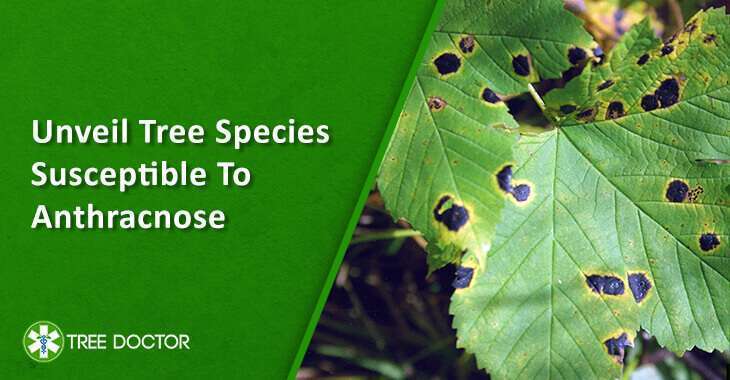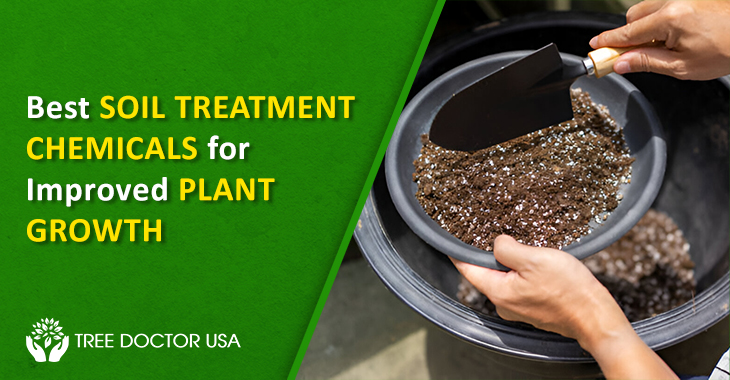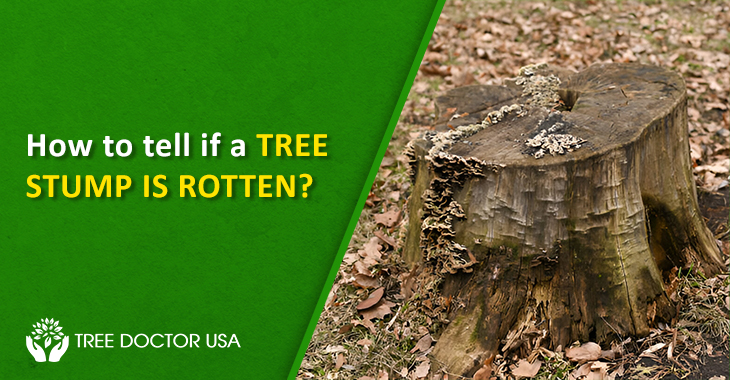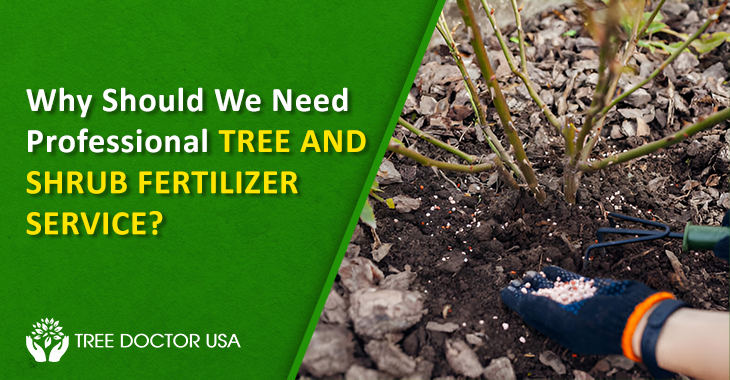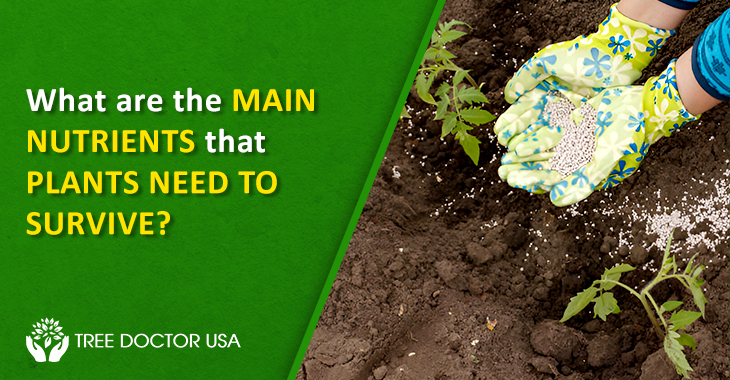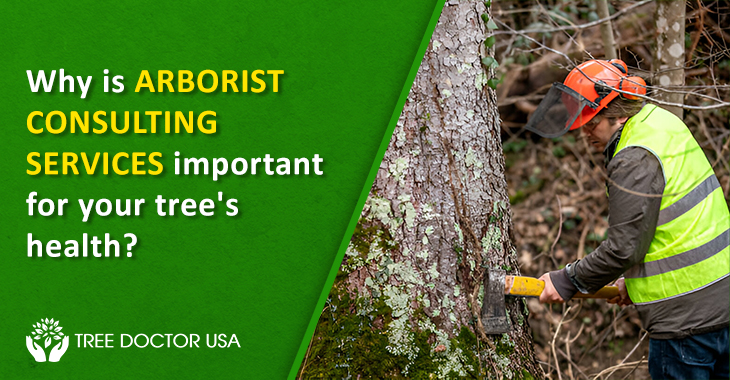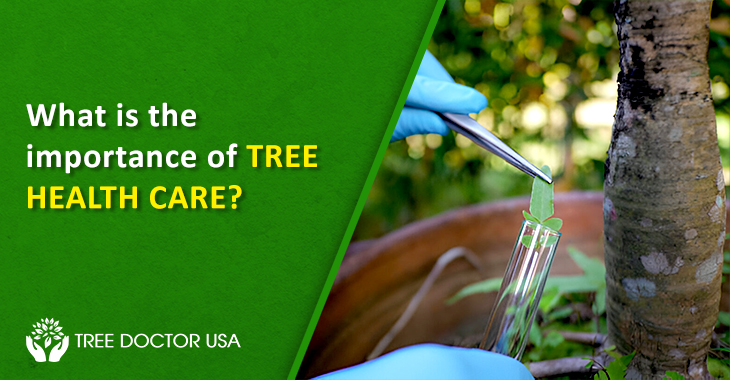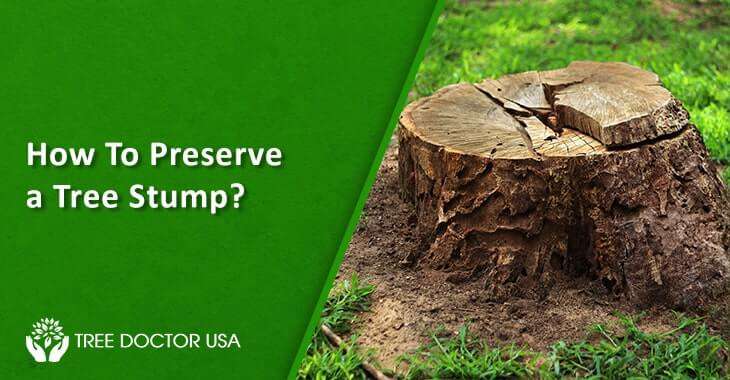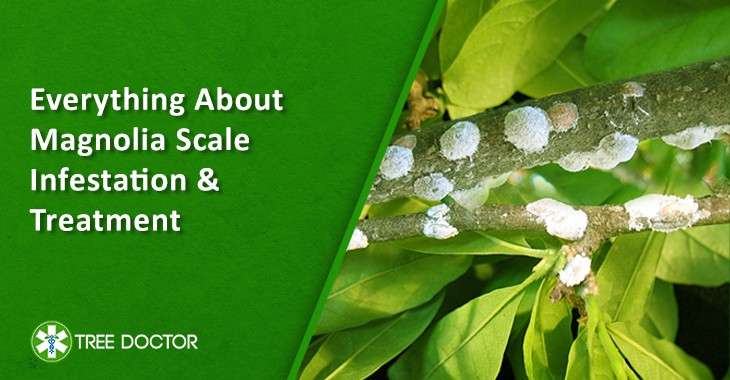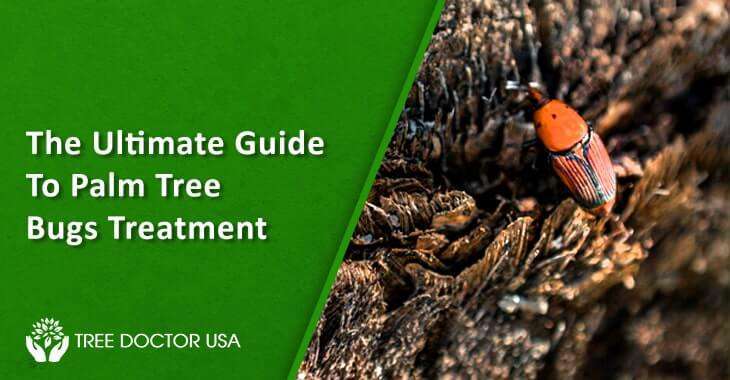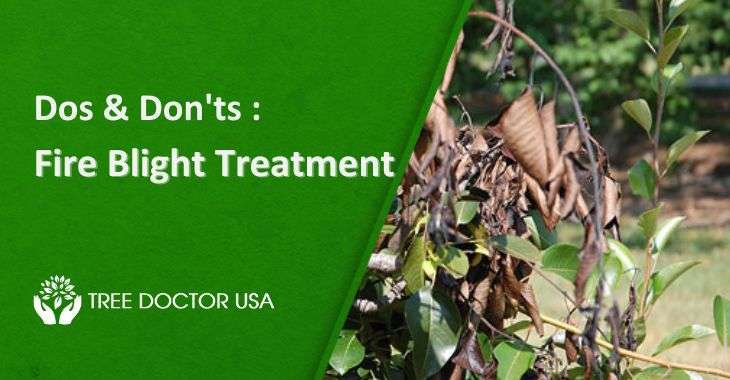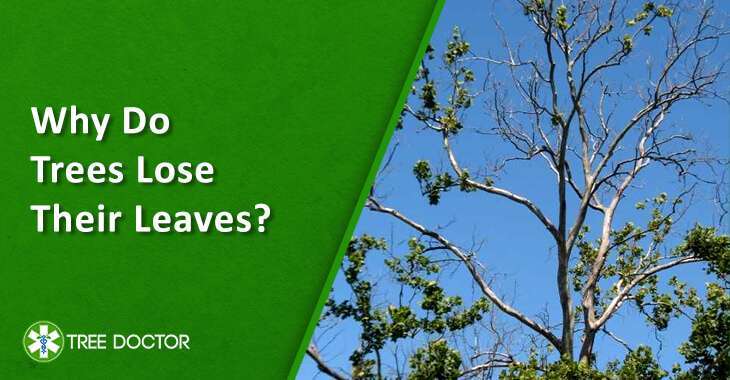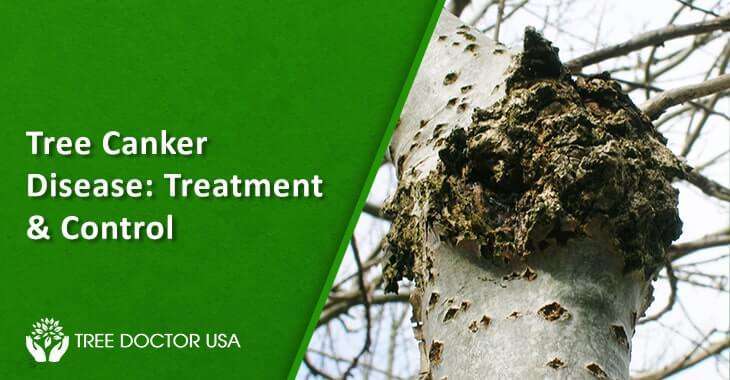Unveil Tree Species Susceptible To Anthracnose
Anthracnose is a common fungal disease that affects a variety of plant and tree species in warm, humid areas. It affects aerial tissues, developing shoots, and expanding leaves of shrubs, trees, and other plants. This disease contaminates the usual fruit-bearing plants, deciduous and evergreen trees, grasses, and annuals. However, shade trees like sycamore, oak, maple, etc., are more susceptible to Anthracnose. So, let’s find out how this fungal disease attacks different tree and plant species.
Impact Of Anthracnose Diseases On Various Tree Species
The impact of Anthracnose fungus attack will not be the same. With no ado, have a quick look!
Symptoms Of Anthracnose On Walnut Trees
You will find oval, round, or irregular spots on the leaves. The size of spots varies from small to large, depending on the intensity of the infestation. In some cases, you can also see yellow margins on the leaflets. The pathogen will develop grey-brown, dark brown, to black lesions with reddish-brown borders on the shoots.
Damages To Medicinally Important Fruit Plants
The anthracnose pathogen can infect all parts of plants, including ripe fruits, even after the harvest. They are most visible on mango, papaya, olive, and banana trees. At first, you will small and irregular spots on the leaves of the host plants. The spots can be yellow, brown, or black, depending on the age of the host plants. Immature fruit does not show signs of infection until the fruit ripens.
Effects Of Anthracnose Invasion On Palm Trees
Palm trees are also susceptible to Anthracnose and other leaf-spotting fungi. Circular, elongated, or irregular spots are found on the leaves of the host. The spots look small beige, brown, black, or black spots. These spots darken as they age.
Outbreak Of Anthracnose On Oak Trees
Anthracnose can attack all the foliage and many twigs on the oak trees in a new growing season. It produces spores on the plant tissues that block nutrients. So, the infected leaves often appear scorched and distorted. You will see cankers on the twigs. However, the symptoms vary based on the species of oak trees. Small, scattered brown lesions may form on the leaves of black and red oak trees. On white oaks, you will find small to large, brown blotches on the leaves. These blotches are often irregular in shape. The size keeps on expanding, depending on the intensity of the attack. The invasion of Anthracnose on white oaks often happens through the lower branches.
Also Read: Tips to Prevent and Treat Oak Anthracnose
Signs Of Anthracnose Attack On Sycamore Trees
A group of fungal pathogens causes dark, sunken lesions on Sycamore trees. It attacks early in the spring, causing rapid wilt of newly emerging leaves. Early loss of sycamore leaves can be disturbing. Larger or more mature leaves develop a brown growth along the main veins to the leaf edges. Girdled twigs, bud blight, and shoot dieback may also occur due to the pathogen attack.
However, the leaves of Sycamore are naturally fussy. So, you should opt for professionals for Tree Health Inspection and Evaluation to ensure whether the tree is infected by Anthracnose or not.
Anthracnose Fungus On Ash Trees
Anthracnose spread is hitting Ash trees to lose their leaves. Leaf tissues also harden off due to this fungal attack. At times, the leaves may grow into curled shapes. The leaf margins turn black. It also results in expanding brown or black blotches on leaves, especially along the margins and veins. You will notice the deformation of leaves around the lesions. The tree will lose vigor due to the repetitive fungal attack.
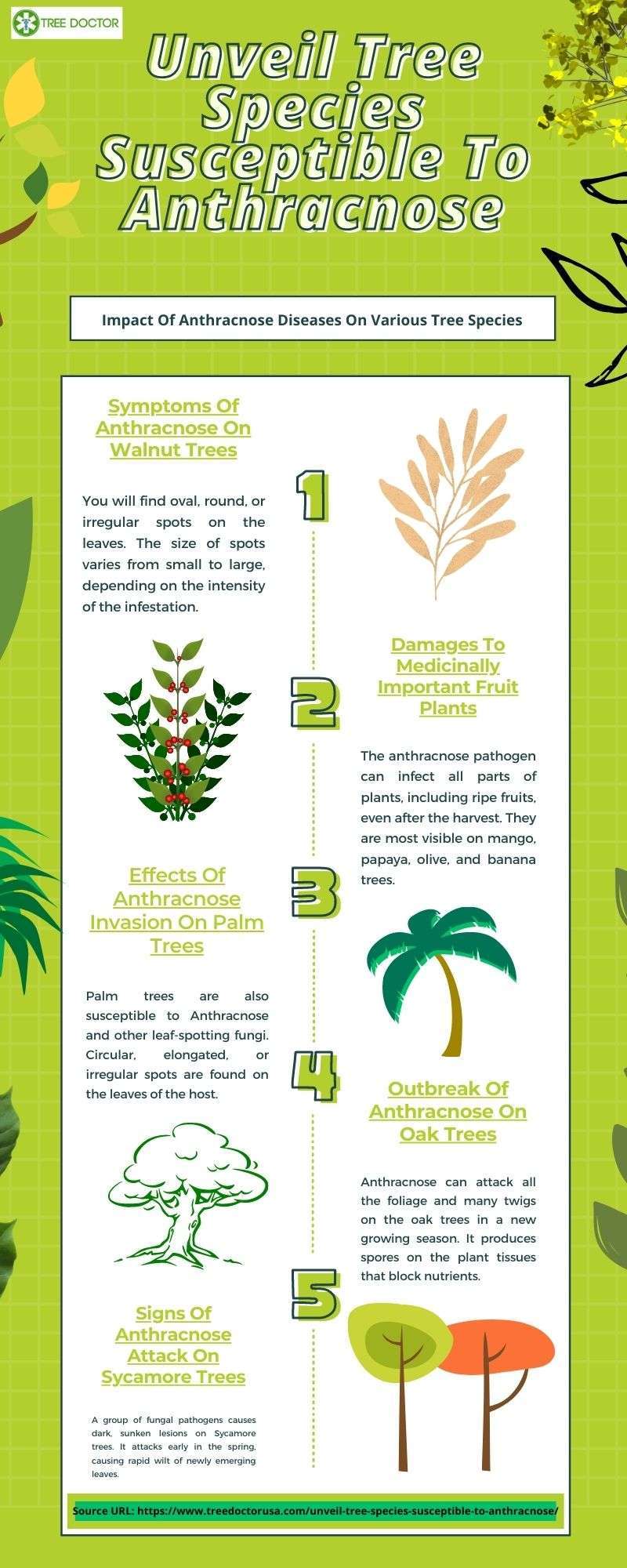
How Birch Trees Get Affected By Anthracnose?
The fungal attack on the Birch trees is seldom serious. It mainly infects the foliage and leaves. Anthracnose thrives in host plants during winter on twigs or fallen leaves. However, it becomes active during cool, wet spring weather. You will notice small to large spots on the infected leaves. They will form light brown to dark brown lesions with yellow margins. The shape of spots or lesions is often round to irregular.
Potential Damages To Catalpa Trees
The attack of the Anthracnose results in leaf spots, cupping or curling of leaves, and early leaf drop. You will notice small, brown to black lesions forming on the veins or margins of leaves. With time, when the infestation gets severe, the center of the lesion may drop out, making holes in the leaves.
Indications Of Dogwood Anthracnose
Fungal pathogens will attack twigs, branches, trunks, and leaves of dogwoods. They will remain active in cool and moist weather conditions. Whenever you notice tan, blotchy leaf spots on Dogwood trees, you should schedule professional treatment to control Anthracnose. The blotch spots are early signs of infection. Also, you will find small, round to angular, dark purple lesions on the bracts and leaves. These lesions often drop out when the infestation becomes severe, producing holes, like shot hole borers. It will cause spots on flowers. They will even look disfigured.
Identify Symptoms Of Anthracnose On Maple Trees
Anthracnose usually attacks maple trees in late spring and early summer. However, the symptoms may vary based on the species of the maple trees. It will damage the leaves, tissues, and buds. You will notice irregular spots on the leaves. At times, the entire leave will turn black or shrivel. Purple to brown streaks may develop along the veins of the infected leaves. Green brown or red brown areas develop between the veins. Such lesions may merge to deteriorate all leaves.
Anthracnose Symptoms Associated With Rose Plants
You will notice small, reddish-purple spots or lesions on the leaf veins. With passing time, the spots develop thin brown margins. Gradually, the spots will turn grey. The tissue disintegrates, and the spread of fungus will leave tiny bullet-like holes in the leaves. When the infestation becomes severe, the leaves will turn yellow, wither, and eventually fall off.
Possible Signs Of Anthracnose Infection On Tulip Trees
Spot Anthracnose disease frequently occurs on the Tulip trees. The spots expand with time, and necrotic lesions turn tan to black. The invasion may develop irregular brown leaf blotches. You may also see dark brown borders on the leaves. However, you can control the spread of Spot Anthracnose with the help of professional arborists.
By now, you would have knowledge of the symptoms of Anthrancnose spread on various tree species. Of course, they are different! The severity of the infestation depends on both the causative agent and the infected species. However, the pathogen is capable of thriving on infected plant debris and transmitting easily to neighboring trees and plants. It is a ubiquitous pathogen that attacks all plant parts at any growth stage. So, treating and controlling Anthracnose successfully becomes crucial. But there are many leaf spots diseases susceptible to plants, and Anthracnose is one of them.
So, you need to carefully identify the symptoms on the host trees before diagnosing. If you are unsure of doing it yourself, consult expert tree doctors! The good news is that even when a tree or plant is severely infected with Anthracnose, you can get rid of it with expert assistance. How can experts control these leaf spotting diseases? Keep reading to gain insights on it!
Professional Treatment To Control Anthracnose Fungus
- Discourage spread of infection
- Increase the strength and vigor of infected trees
- Organic Fungicide Treatment
- Restrict the accumulation of fungal spores in the soil
- Optimum Care & Nourishment
You need to prevent fungal growth from overpowering the plants and stopping the spread from tree to tree. However, thorough coverage and proper treatment are critical for adequate control. Because anthracnose has so many different forms, it is best to consult professionals. At Tree Doctor USA, we provide anthracnose disease treatment for controlling the rapid growth of spores and fungus. Shake off the fungus growth on twigs and leaves with precise Anthracnose control!

